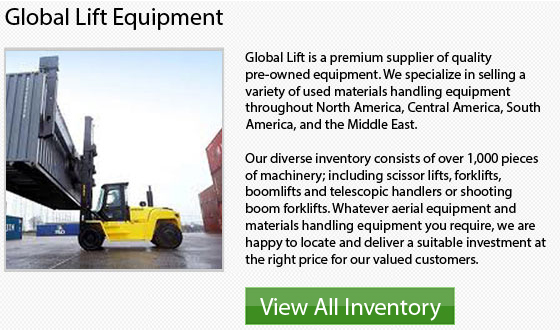
Solid Lift Truck Tire Safety
Roughly 200 deaths each year are caused by mishaps that involve forklifts, or lift trucks. Correct inspection and maintenance of lift truck tires can really help to reduce the risk of mishaps.
Pre-Work Inspection
Prior to the start of each shift, the tires on the lift truck must be checked for signs of wear and damage. The air pressure inside the tires should be inspected to make certain that the pressure is not too low. Low tire pressure could make the machinery susceptible to tip-overs when lifting loads.
Types of Tires
The choice of tire type must be based on the type of surface wherein the lift truck will be operating. For indoor applications, lift trucks with solid rubber tires are best. For smoother surfaces, tires are normally smaller. Larger pneumatic tires are great for lift trucks for outdoor use. Pneumatic tires could grip well on surfaces that are rough as they are air-filled and have a rubber tread.
Other Considerations
Any lift truck utilized on a continual basis must be checked at the end of each shift, based on Occupational Health and Safety Administration guidelines. The tires should be inspected again for any indication of damage, such as cuts or wear.
Forklift Safety
If you or your workers are going to be utilizing forklifts, correct training in lift truck safety is essential. Lift truck accidents can lead to serious personal injuries or death and result in unmanageable financial hardship. Even minor mishaps could cost you and your business money if the merchandise or the forklift are damaged during a mishap. Be certain you are well informed about issues involved in forklift safety.